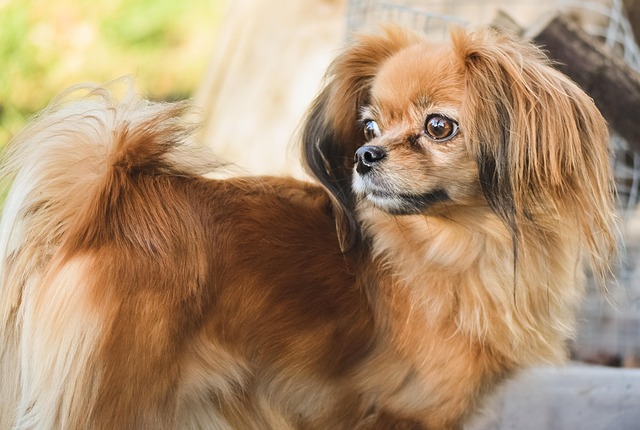
How do i train my dog to be obedient?
Watching your dog dart across the park ignoring your calls isn’t just frustrating—it can put them at risk near busy streets or public spaces.
When to start puppy training classes? It’s the question that keeps new owners up at night, especially when their 9-week-old Lab puppy is chewing the couch and ignoring “no.” Last month, my neighbor in Texas texted me a screenshot of 10 different class schedules—some starting at 8 weeks, others at 6 months—and she had no idea which was right. Let’s cut through the confusion.
Puppies hit a “socialization sweet spot” between 8-16 weeks, when their brains are wired to learn from new experiences—people, other dogs, even vacuum cleaners. Miss this window, and they’re more likely to fear new things later. Vets in California call it the “critical learning phase”: it’s when they absorb “this is safe” vs. “this is scary.” My cousin’s Goldendoodle puppy, who started classes at 10 weeks in Seattle, now greets strangers calmly; her friend waited until 6 months, and their pup still hides from delivery workers. But here’s the catch: classes shouldn’t start before their first round of vaccines (usually 8 weeks for distemper/parvo). Unvaccinated pups risk catching diseases in group settings—no trainer worth their salt will take them.
So timing-wise, aim for 8-10 weeks old, after their first vaccine shot. Call local trainers and ask: “Do you require proof of vaccines?” and “Do you use positive reinforcement only?” Avoid any class that mentions “corrections” (code for scolding or leash yanking)—those scare pups, not teach them. A good class in Colorado I visited spends the first 10 minutes letting pups sniff each other while owners practice “sit” with treats—low-stress, high-reward. Before class, practice “sit” at home for 2 minutes a day; it builds confidence so they don’t freeze up around other dogs. My friend in Chicago’s apartment does this during commercial breaks—her Pug now sits on command, even with other pups barking.

Let’s cover the “must-knows” of responsible training. First, vaccines are non-negotiable. Most states (including Texas) require core vaccines by 12 weeks, and no reputable class will bend this rule. When you’re at class, always clean up after your pup—bring extra poop bags, even if they’re tiny. A guy in Portland forgot last month, and the trainer asked him to leave—gross, right? Remember, if your pup gets overwhelmed and hides under a chair, never drag them out. Sit with them, offer a treat, and let them watch from a distance—trainers in Florida call this “desensitization,” and it works better than forcing interaction. My neighbor’s Shih Tzu took 3 classes to join the group—now she’s the first to run up to new pups.
Community care matters too. If your class is in an apartment complex, keep barking down—yelling “quiet” at your pup will just rile them up, and neighbors in New York City won’t appreciate the noise. Stick to class times (avoid 7 AM or 9 PM) and clean up any spilled treats. A Seattle trainer told me she once had to ban a family because their kids left crumbs everywhere, attracting ants—manners make classes better for everyone.
So, start puppy training classes between 8-10 weeks, after their first vaccines, and pick one that swears by treats, not scolds. It’s not just about “sit”—it’s about raising a pup who loves learning, and that starts right on time.

Watching your dog dart across the park ignoring your calls isn’t just frustrating—it can put them at risk near busy streets or public spaces.

New puppy owners often find themselves rushing to clean up accidents before they set in, and that’s where puppy pad training becomes a game-changer.

If you've noticed your dog's waistline disappearing and your veterinarian has mentioned those few extra pounds, your first instinct might be to simply reduce the amount of food in their bowl.

Training a dog to use a designated spot indoors isn’t as daunting as many new owners fear, but it does take consistency and an understanding of your pet’s needs.

That moment of dread on a walk is all too familiar for many new dog owners. You see another dog approaching down the sidewalk of your neighborhood

If the sight of another dog on your neighborhood walk makes your heart sink as your own dog erupts into a frenzy of barking and lunging, you're not alone.